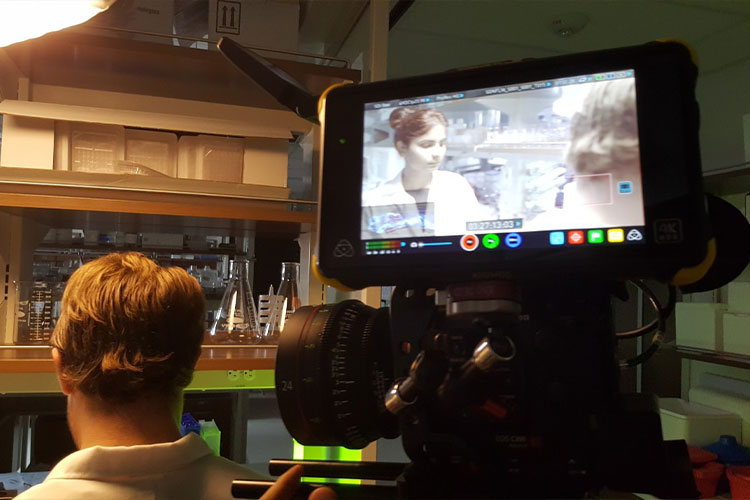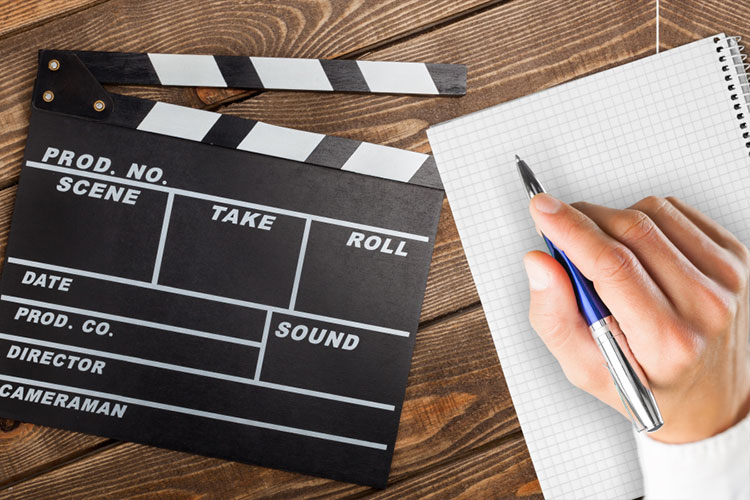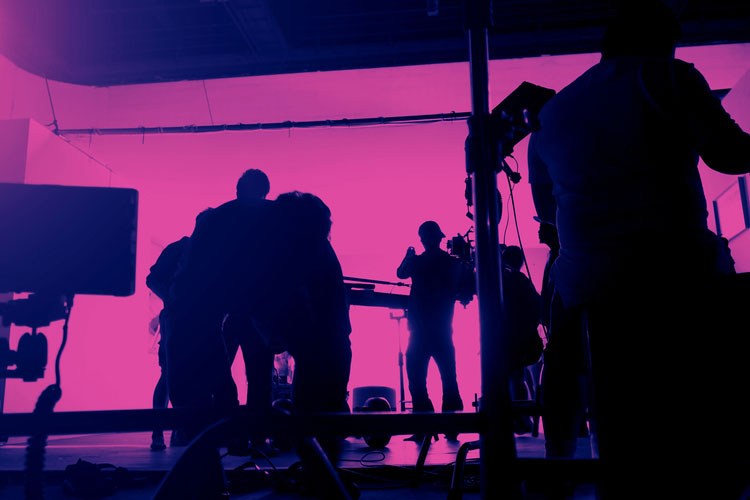Cinematography as Art: Exploring the Similarities to Painting
The Power of Lighting in Cinematography and Painting.
Firstly, in this article, we’ll explore the art of cinematography and its similarities to painting. Cinematography is the art and technique of capturing visual images on camera for film or video, while painting is the creation of art using pigment, paint, and other materials to create images. Despite their differences in medium, there are many similarities between the two art forms that make them truly unique.
In addition, we’ll discuss how cinematography and painting share many commonalities, such as the power of lighting in film and the aesthetics of cinema. Both art forms have the ability to create mood and tell a story through visual storytelling. Many cinematographers draw inspiration from painters’ techniques, such as composition, color, and contrast.
While cinematography and painting have differences, they both have the power to evoke emotion and connect with audiences on a deeper level. As such, it’s essential to recognize the similarities and appreciate them as unique art forms.
As a cinematographer, I am the “artist,” and the camera is my brush. With this brush, I can paint an emotion onto the screen.
The cinematographer uses light, color, composition, and camera angles to create mood, emotion, and meaning as a cinematographer.
There’s a word in French: “mise en scene.” It means everything put in front of the camera as part of the composition – from props and costumes to lighting, makeup, and hair – contributes to telling the story through visuals. Using mise en scene can tell viewers what they need to know about your characters without having them say anything.
The art of cinematography must be learned; thankfully, we live in an era where YouTube is one of the best sources for learning and professional growth.
There are a lot of different techniques that you can use to make your scenes look better and more appealing to the audience. Here are some tips on how to become a better cinematographer:
The Role of the Cinematographer in Creating Mood:
Lighting is essential to cinematography because it can help create moods and emotions in your film. Moreover, you can use lighting to show how someone feels or reacts to what they see on screen. Use soft lighting with dark shadows if you want to show someone scared. Similarly, If you show someone angry, use harsh lighting with dark shadows. This will give the audience a better understanding of what’s going on in the scene without having to speak about it directly.
Shoot From Different Angles and Views:
An important aspect of cinematography is being creative with your shots. You don’t always have to shoot from eye level or from behind the subject; there are many other angles that you can use for your films to look more cinematic and professional looking than if you were shooting from one angle over.
Tell The Story Within a Frame:
Paintings are often overlooked as a source of inspiration for learning light and frame composition. The fantastic thing about paintings is that they tell the whole story in a frame.
Conclusion:
Finally, cinematography and painting share many similarities, making them unique and powerful art forms. By exploring the similarities and differences between the two, we can gain a deeper appreciation for the art of visual storytelling and its ability to connect with audiences.
Go check out your local art gallery to get inspired!
#cinematography #film #growth #inspiration #art #learning #creative #painting #artist #artgallery #paolomugnaini #blogpost



